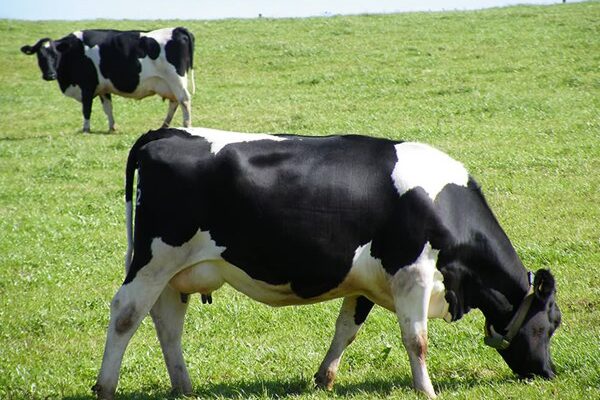Scientists and researchers analyze varied, complex ways in which dust has affected global climate patterns
RH Staff
January 17
Atmospheric dust has increased many folds over the past centuries. However, its accumulation may have helped cool the planet for decades, an analysis of the atmospheric dust has suggested.
The analysis by atmospheric scientists and climate researchers in the US and Europe has attempted to tally the varied, complex ways in which dust has affected global climate patterns, concluding that overall, it has worked to somewhat counteract the warming effects of greenhouse gases.
The study, published in ‘Nature Reviews – Earth and Environment’, warns that current climate models fail to take into account the effect of atmospheric dust.
According to this analysis, dust that billows up from desert storms and arid landscapes has helped cool the planet for the past several decades, and its presence in the atmosphere may have obscured the true extent of global heating caused by fossil fuel emissions.
As per the analysis, atmospheric dust has increased by about 55% since the mid-1800s, an analysis suggests. And that increasing dust may have hidden up to 8% of warming from carbon emissions.
About 26m tons of dust are suspended in our atmosphere, scientists estimate. Its effects are complicated.
Limited records from ice cores, marine sediment records, and other sources suggest that dust overall had also been increasing since pre-industrial times – in part due to development, agriculture, and other human impacts on landscapes. But the amount of dust also seems to have been decreasing since the 1980s.
“We’ve been predicting for a long time that we’re headed toward a bad place when it comes to greenhouse warming,” said Jasper Kok, an atmospheric physicist at UCLA who led the research. “What this research shows is that so far, we’ve had the emergency brake on.”
Dust, along with synthetic particulate pollution, can cool the planet in several ways. These mineral particles can reflect sunlight away from the Earth and dissipate cirrus clouds high in the atmosphere that warm the planet.
Moreover, the dust that falls into the ocean encourages the growth of phytoplankton – microscopic plants in the ocean – that absorb carbon dioxide and produce oxygen.
Dust can also have a warming effect in some cases – darkening snow and ice, and prompting them to absorb more heat.
But after they tallied everything up, it seemed clear to researchers that the dust had an overall cooling effect.
“There are all these different factors that play into the role of mineral dusts in our atmosphere,” said Gisela Winckler, a climate scientist at the Lamont-Doherty Earth Observatory at Columbia University. “This is the first review of its kind to really bring all these different aspects together.”
Although climate models have so far been able to predict global heating with quite a bit of accuracy, Winckler said the review made clear that these predictions haven’t been able to pin down the role of dust especially well.




